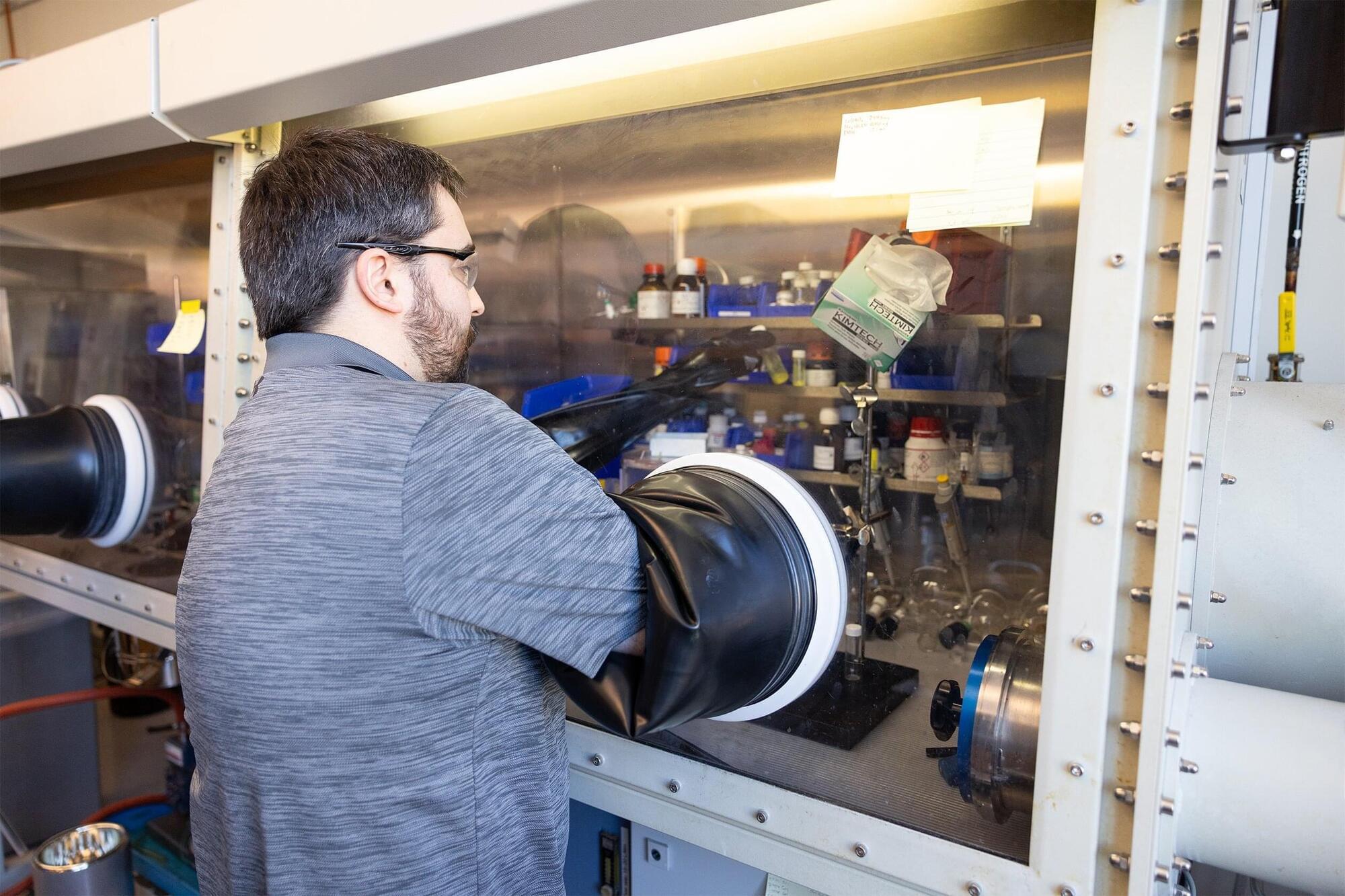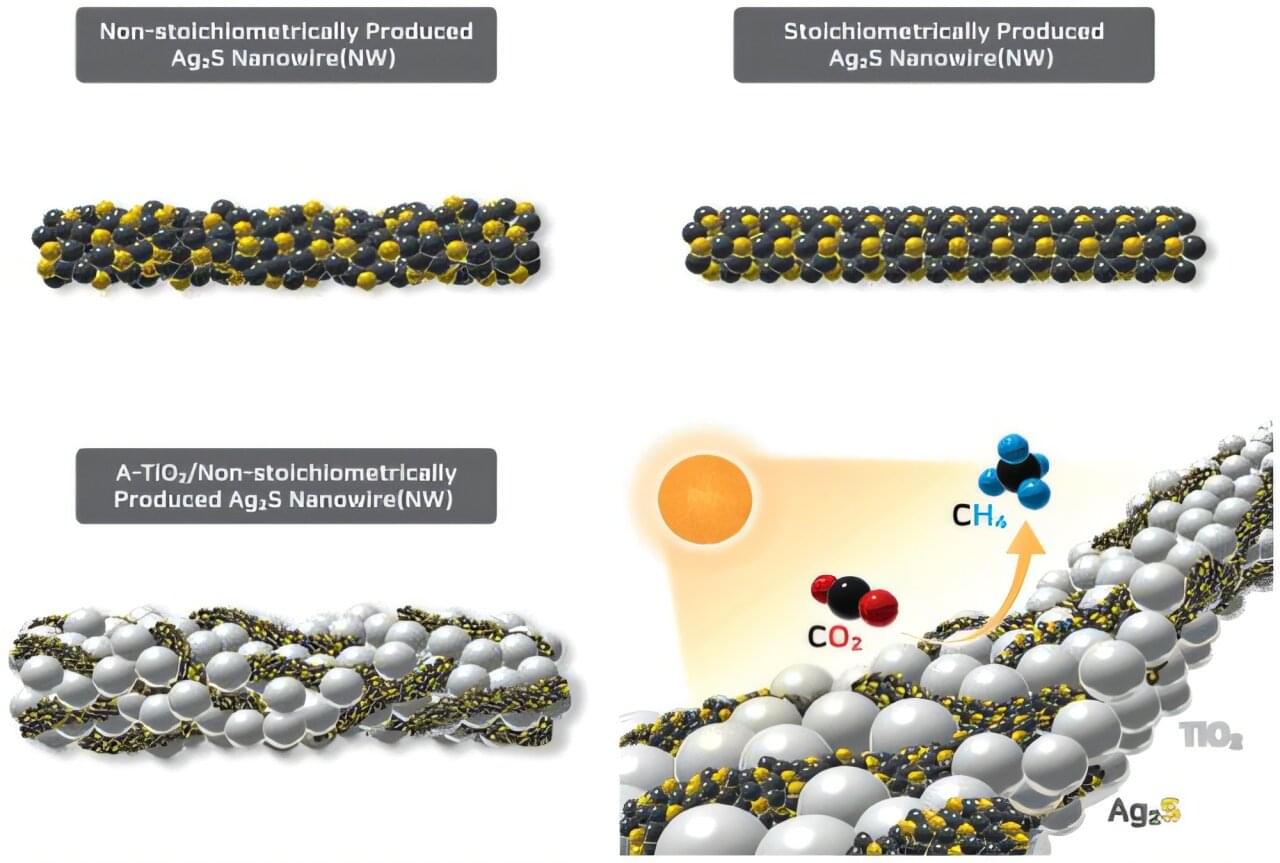Building on the foundational Nobel Prize-winning work, researchers at Berkeley Lab and its DOE user facilities continue to push MOF technology to address major global challenges.
For example, at the ALS, a team led by Yaghi traced how MOFs absorb water and engineered new versions to harvest water from the air more efficiently – an important step in designing MOFs that could help ease water shortages in the future. Yaghi is launching this technology through the company Waha, Inc, and working with scientists from the Energy Technologies Area to apply water-absorbing MOFs for in-building technologies and industrial applications.
Another team, led by joint Berkeley Lab and UC Berkeley scientist Jeffrey Long, used the ALS to study how flexible MOFs hold natural gas, with potential to boost the driving range of an adsorbed-natural-gas car – an alternative to today’s vehicles. An international team of scientists used the ALS to study the performance of a MOF that traps toxic sulfur dioxide gas at record concentrations; sulfur dioxide is typically emitted by industrial facilities, power plants, and trains and ships, and is harmful to human health and the environment. Others have used the facility to design luminous MOFs, or LMOFs, glowing crystals that can capture mercury and lead to clean contaminated drinking water.








